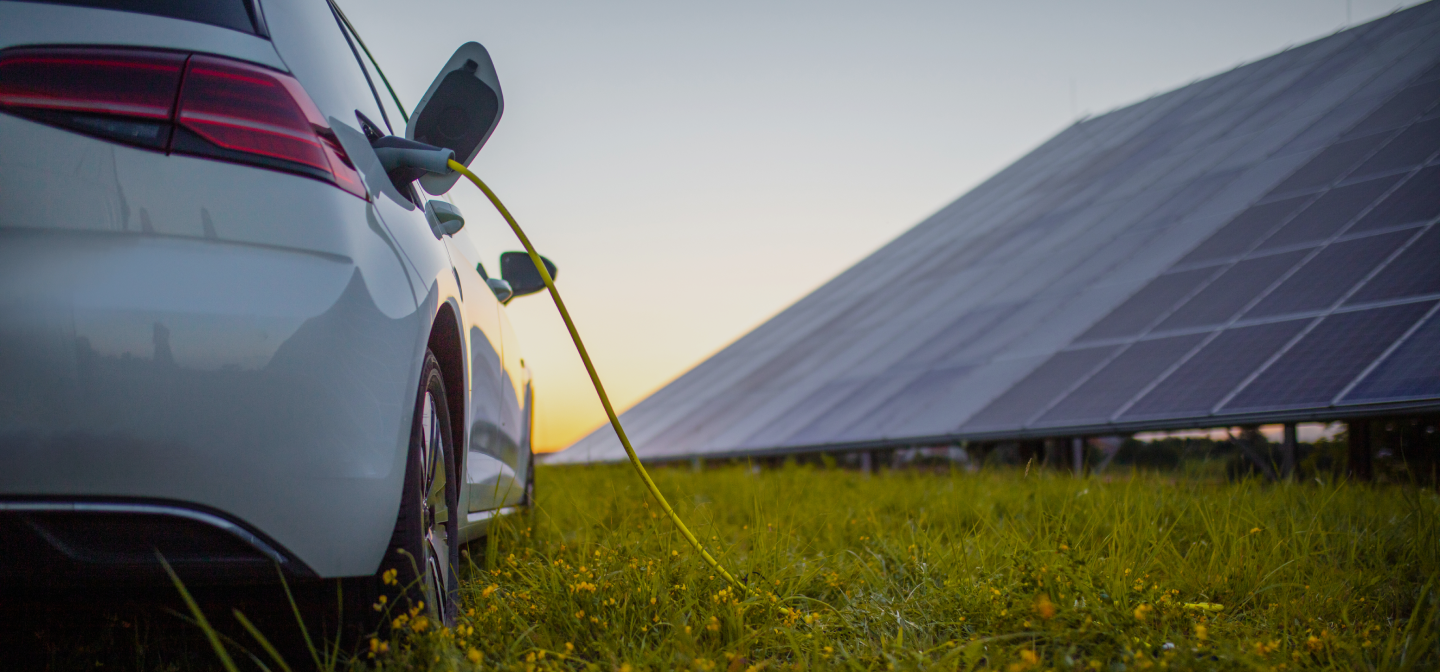
What is sustainable transport and how does it help us?
What is sustainable transport and how does it help us?
The mobility of the future follows a sustainable route
The commitment to sustainable transport is key to achieving the goal of net zero greenhouse gas emissions.
Reading time: 5 min
What is sustainable transport?
What is sustainable transport?
Sustainable transport seeks to reduce greenhouse gas emissions and energy consumption through the use of clean energy or new renewable fuels such as biofuels.
Transport is part of the day-to-day of millions of people, and at the same time, is one of the factors that most influences the path towards decarbonization (in fact, passenger cars and commercial vehicles aren't expected to have any emissions by 2040). Therefore, it's essential to rethink mobility towards a more sustainable one, and there's an increasingly wide range of solutions, especially in the urban environment.
However, sustainable mobility isn't only an issue for intra-city travel, but also for freight transport, as well as the maritime sector and aviation, where electrification is more difficult to achieve.
Examples of means of sustainable transport
Examples of means of sustainable transport
There is currently a wide variety of means of transport and alternatives that can be considered sustainable, although some of them are still in an early stage of development and will take a little more time to be adopted by the general public.
Important alternatives in sustainable mobility for our day-to-day
Important alternatives in sustainable mobility for our day-to-day
Technology offers a wide array of answers. Electric mobility is only one of them.
In this regard, Aríztegui notes that “electric vehicles are an excellent solution, especially in urban areas. This has to do with traffic characteristics in cities. These vehicles are optimal for these constant starts and stops. If the electricity supplied to these vehicles is renewable, then the decarbonization we're after is achieved."
On the other hand, bicycles, motorcycles, electric scooters, and sustainable public transport are becoming increasingly more important for the more sustainability-conscious generations. Initiatives such as carsharing are sustainable alternatives to private car use, which consists of a flexible rental of vehicles for a short period of time. Using this service helps to reduce traffic in cities, decreases one's carbon footprint thanks to zero-emission hybrid vehicles, and boosts the circular economy.

Move without limits by charging your vehicle at home
Move without limits by charging your vehicle at home
Decarbonizing the economy and mobility
Decarbonizing the economy and mobility
Sustainable mobility is not only a matter that affects urban transport. It also concerns freight transport, as well as the maritime and aviation sectors.
Biofuels from renewable raw materials of biological origin, and synthetic fuels (e-fuels), produced from CO2 withdrawn from the atmosphere, are becoming increasingly important in this field.
Aviation, and especially intercontinental journeys, is one of the greatest challenges for decarbonization. In this field, electric batteries aren't a viable option because their heavy weight would hinder the enormous power the aircraft needs for take-off. Therefore, the alternative is to increase the percentage of biokerosene or biojet, made from biomass. There can be two types of biojet fuel: it is first generation when it is obtained from vegetable oils, and advanced when the raw material comes from agri-food industry waste, agricultural waste, forestry waste, or the organic part of municipal solid waste. When it is incorporated, the fraction of conventional kerosene is reduced. Our Puertollano and Tarragona complexes have already started to make this biojet fuel; and it was used in two flights from Madrid to Punta Cana and Madrid to Bilbao last year.
Another alternative is renewable hydrogen, an energy vector that comes from renewable sources and reduces CO2 emissions. It can be used in fuel cell vehicles powered by this molecule and also serves to make synthetic fuels. “Both this and its derivatives also allow a lot of energy to be stored in little volume, so they are very suitable for long-distance mobility needs such as freight transport, the maritime sector, and aviation,” Ariztegui assures.

Since achieving sustainable mobility requires multiple solutions, our R&D laboratory, the Repsol Technology Lab, is working on creating sustainable mobility alternatives, such as new fuels and lubricants that allow us to make the ever-growing use of transport compatible with greater sustainability and efficiency.
Urban mobility isn’t the same everywhere. It varies by different factors such as the size of a city, its population density, and even its age.
According to a study presented by the Metropolitan Mobility Observatory (OMM), Spanish people make an average of 2 to 3.6 daily journeys. Commuting to work or school is the most common purpose, and in 44% of these cases a private vehicle is used (car or motorcycle).
“Each user has different mobility needs, so a single solution can't be viable for everyone in general,” explains our colleague Javier Aríztegui, Energy Transition and Mobility manager at the Repsol Technology Lab.
